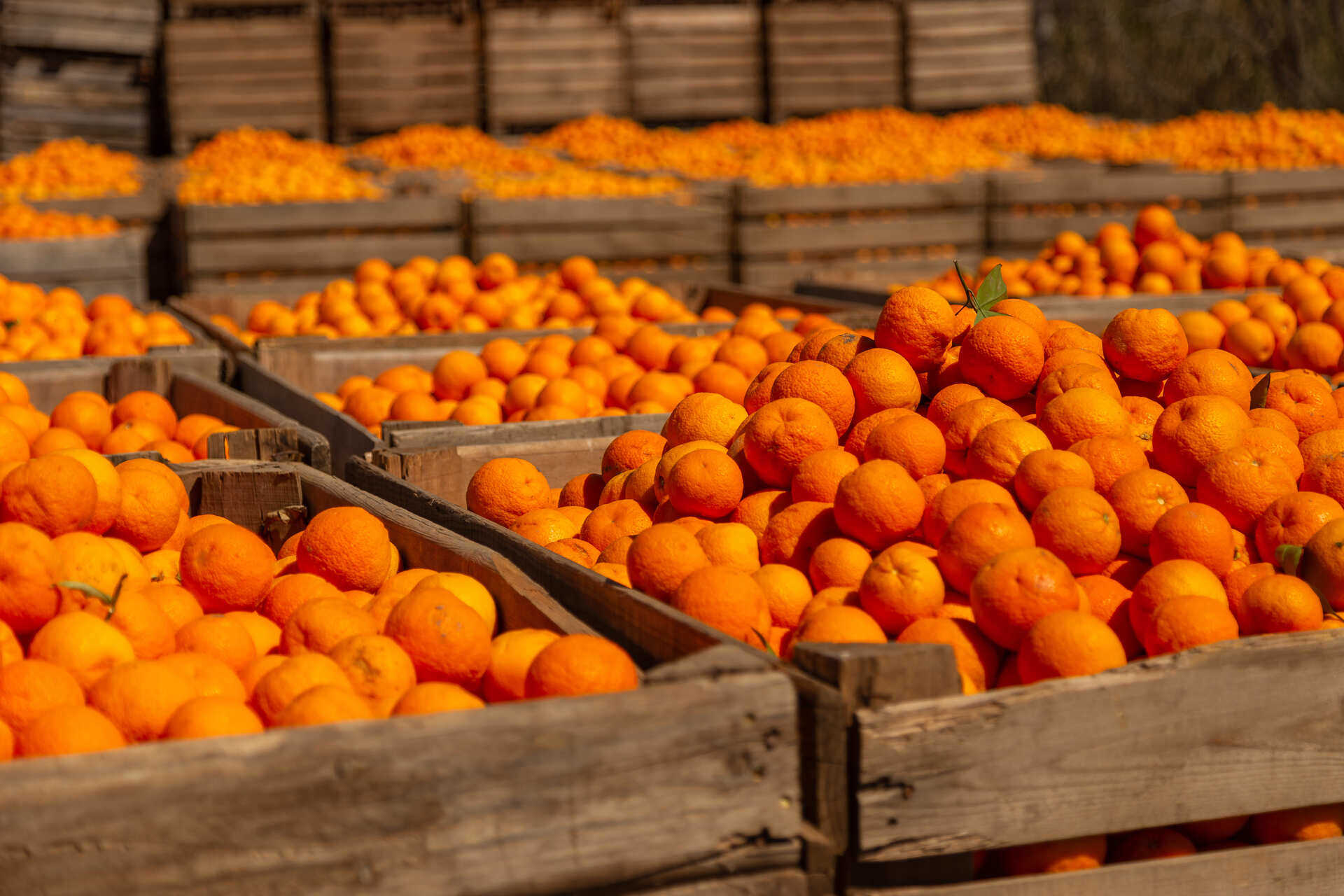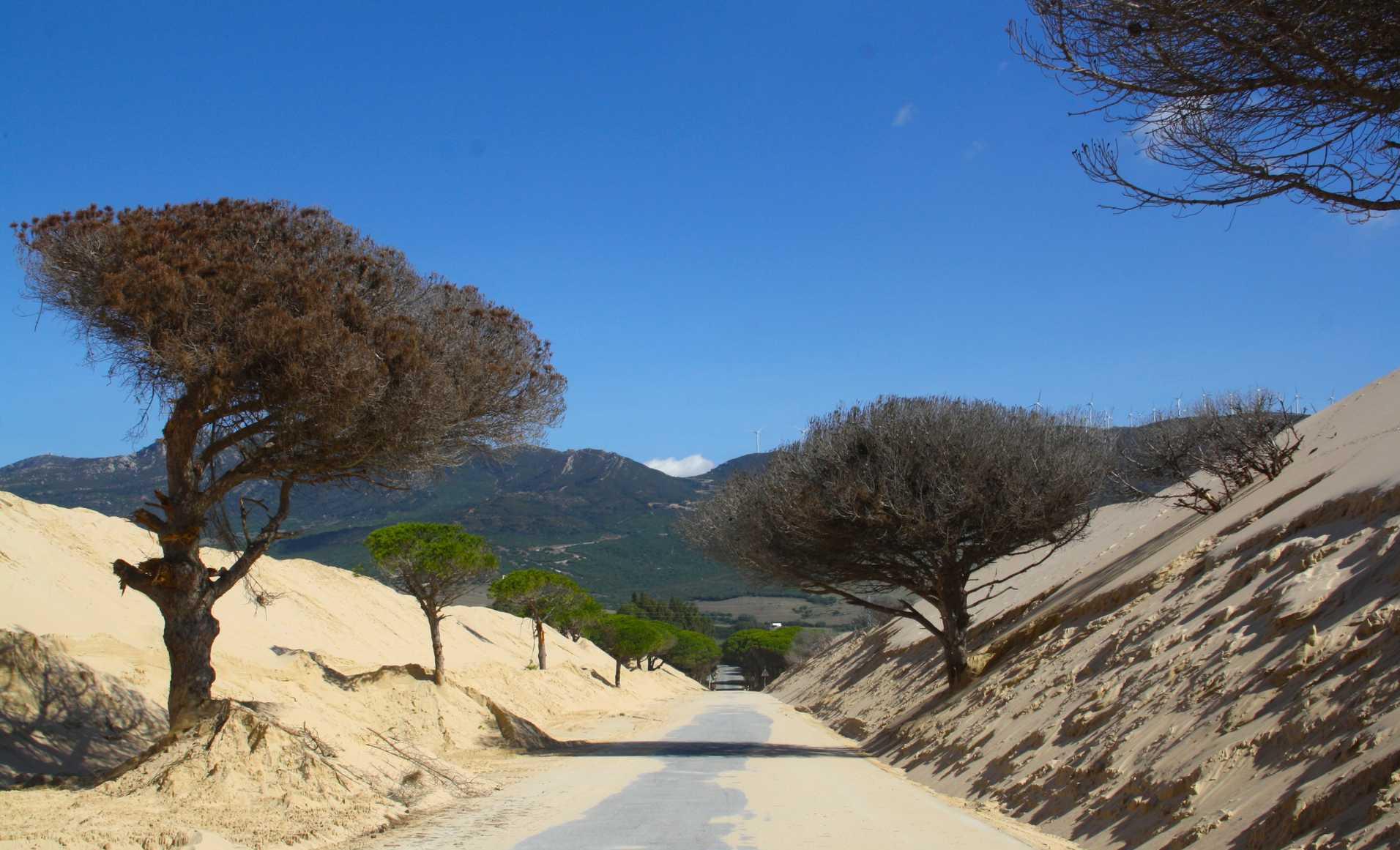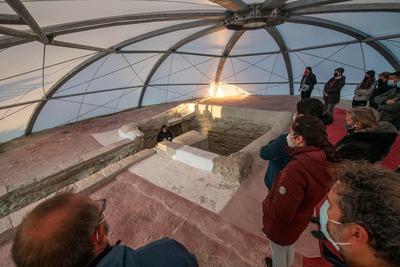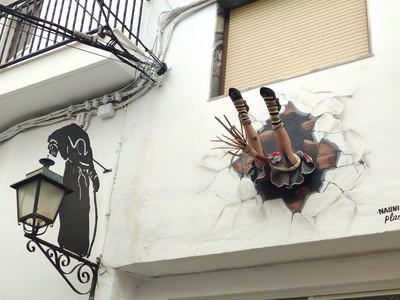The Lecrín Valley and citrus fruits

The Valle de Lecrín in Granada offers a curious climatic anomaly. It enjoys several degrees of temperature above normal due to its location and altitude, being very close to Sierra Nevada. As such, the municipalities of Dúrcal, Nigüelas and El Valle manage to grow high-quality citrus fruits and even avocados in a valley with aromas of orange blossom. Its flavour and the associated festivals can be enjoyed in spring. The Orange and Citrus fairs give prominence to the fruits and agricultural culture of the valley, giving visibility to its interesting open markets for farmers and artisans.
Although road construction has reduced its presence, when going down to the beach along the Cabra road, the orange and lemon stands along the backdrop of the Lecrin Valley . A warm, generous land of towns that spill over the slopes at the foot of the mountains, showing off its long agricultural tradition.
The landscape diversity is one of the peculiarities of the valley, with the surrounding mountainous massifs alternating with low basins and high valleys and water reservoirs channeled through ditches, which facilitate irrigation. This allows the centre of the valley to always maintain a huge amount of biodiversity, from flora to crops and wildlife.
The climatic bonanza allows crops that are unsuitable for indoor areas and at this altitude to grow, with fruits that ripen somewhat later than in coastal areas. Next to the Alpujarra are the only places in the province of Granada where citrus trees are cultivated, which have been present in the valley since the 11th century when the Arabs introduced it. It is cultivated alongside olive trees, which protect the orange trees from the cold winds and winter frosts. This favours a unique, very green landscape due to the presence of these evergreen trees.
The curves of the Cabra road force you to drive patiently, and the shops and restaurants will encourage you to go slowly, to delight yourself with its landscape and try its gastronomy. They have an extensive recipe book, which ranges from haute cuisine to jams, sangrias and old-fashioned desserts..., or the modern elaboration that, due to its sweetness or acidity and through the palate, reminds us that this is one of the most beautiful and ecologically most valuable valleys in Andalusia. Proof of this is the region's very unique Gastronomic Days, called 'La Huella Mozárabe'.
By the way, you should walk along one of the hiking trails that run around thePadul Lagoon. They have impressive names like the mammoth, due to the paleontological remains found in their peat bogs. Also of interest and a must-see, emphasising the agricultural character of the valley, are the Molino del Puente, in Dúrcal, the medieval mill of the Erillas and the Pavilla irrigation channel, both in Nigüelas .












